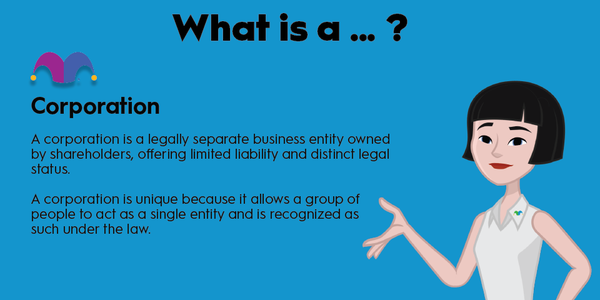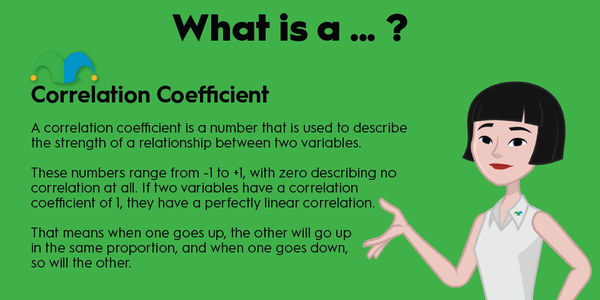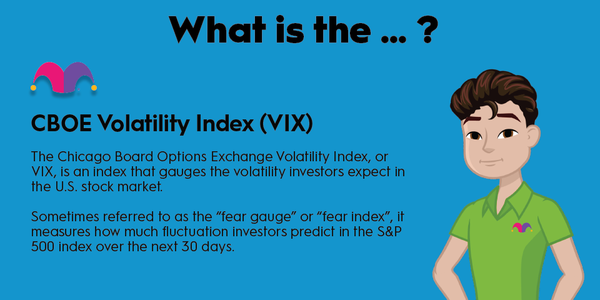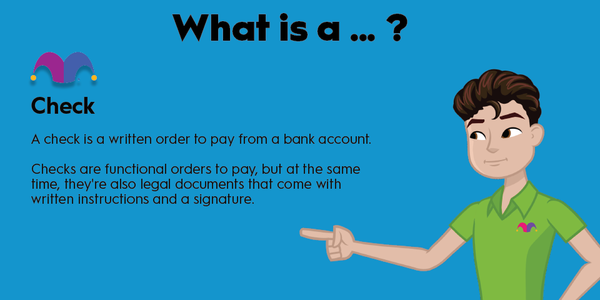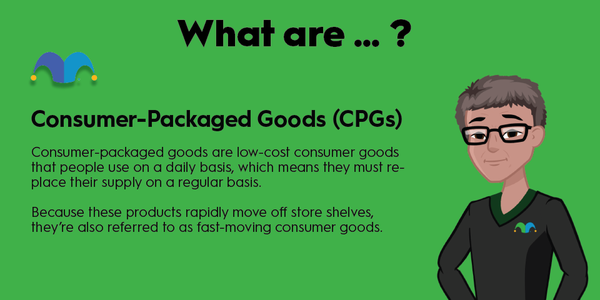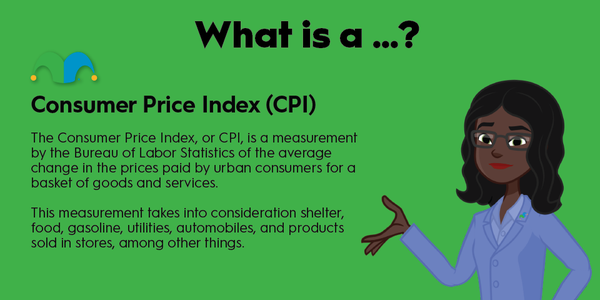Insurance is a business that isn't well understood by many investors, and one of the big reasons is that there are unique profitability metrics that are used to evaluate insurance companies. One of the most important metrics to know when investing in insurance companies is known as the combined ratio, so here's what investors need to know about what it is and how to use it in analysis.

What is it?
What is the combined ratio?
The combined ratio shows the profitability of an insurance company's underwriting. It is simple to calculate.
First, add the insurer's losses -- that is, the money paid out for claims -- and the rest of the expenses of running the business, such as administrative costs. Essentially, you're "combining" the two major sources of cash outflow for insurance companies; hence, the name "combined ratio." Then, divide this by the total earned premiums the insurer collected during the period. One key point to know is that a combined ratio of less than 100% indicates an underwriting profit; a combined ratio that tops 100% shows that the insurer produced an underwriting loss.
As a simplified example, let's say that an insurance company collected $100 million in premiums from its customers last year. It paid out $70 million to cover its customers' claims and spent another $25 million on various expenses of running its business. Adding these together ($95 million) and dividing them by $100 million shows a combined ratio of 95%.
Why is it important?
Why is combined ratio important?
Another important concept to know about the insurance business is that there are two ways insurers make money. The first is by profitable underwriting, which is covered by the combined ratio.
The second is through investments. In the previous example, the insurer would invest the $100 million in premiums it collected from the time they were received until it needed to be used to pay out claims or cover business expenses. Most insurers keep this money (known as the float) in safe fixed-income investments like Treasury bonds, and investment returns can remain invested to build up the investment portfolio over time.
The combined ratio gives investors a picture of the profitability of an insurer's underwriting. Between the combined ratio and investment income, it's possible to get a great picture of an insurance company's profitability.
What is a good combined ratio?
What is a good combined ratio?
There's no set definition of what a good combined ratio is, but it's fair to say that most insurers want to keep it less than 100%. In a recent year, the average combined ratio among property and casualty insurance companies was 97.5%. This indicates a 2.5% underwriting margin, plus whatever investment income the insurers make.
Having said that, there's a wide range of profitability in the insurance business, and combined ratios often fluctuate significantly due to various factors. For example, in years where there is a disproportionately high number of natural disasters leading to insured losses, combined ratios tend to be higher throughout the industry.
Related investing topics
Example
Real-world example of combined ratio
Let's take a look at the latest results from specialty insurance company Markel (MKL 0.53%). In the second quarter of 2023, Markel had $2.03 billion in earned premiums.
Its loss ratio for the quarter was 58.5%, which means that it paid out 58.5% of premiums to cover insurance claims made by its customers. Its expense ratio for the quarter was 34.4%. Adding these two numbers together shows a combined ratio of 92.8%.
Subtracting this ratio from 100% tells us that Markel generated an underwriting profit margin of 7.2% in the quarter.


